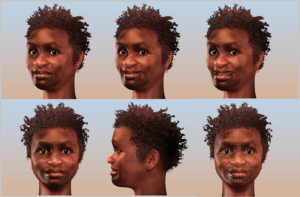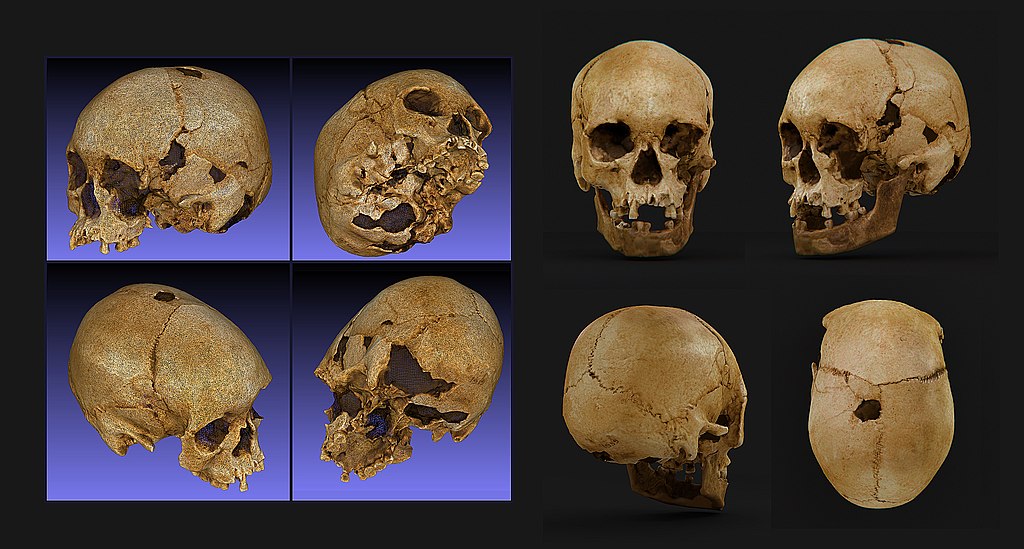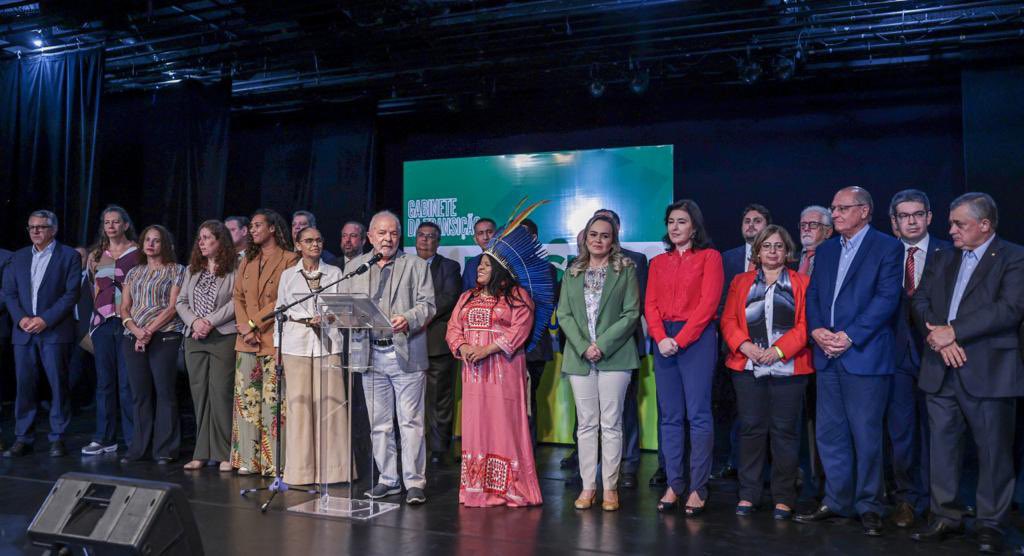The remains of Luzia were twelve metres below the earth when they found her; her skeleton scattered at that depth as a result of either an accident or an animal attack. 11,000 years later, after being lauded as the crown jewel of the National Museum of Brazil and having inspired a generation of anthropologists, what remained of Luzia went up in smoke in a fire that destroyed millions of priceless artifacts and now was at the centre of the world’s attention.
This is the tragedy of “Luzia”;one of the earliest human remains in the Americas of a woman that lived approximately between 11,000 and 16,000 years ago. The remains were first shown publicly in 1999 after having been forgotten in the National Museum of Rio for over two decades after their discovery.
The skeletal remains of Luzia were found in 1975 in a cave in Lagoa Santa in the state of Minas Gerais. The area had been an important site and, interestingly, the study of the area had contributed greatly to the growth of anthropology within the National Museum.
Luzia had been found by a conjoint French-Brazilian expedition headed by pioneering anthropologist Annette Laming-Emperaire, and the discovery was soon recognised internationally for its significance in our understanding of early man.
Why was Luzia important?
The fossil was a crucial link in understanding the origins of the earliest settlers on the continent with some speculating that Luzia’s ancestors had many commonalities with the ancestors of Australian Aborigines, Melanesians and early Africans.

3D modeling of Luzia’s features, showing her to share more with Australian aborigines, Melanesians, and Africans. Image courtesy of Wikicommons.
This idea was then picked up by Brazilian anthropologist Walter Neves whose biological analysis started to give new credence to the theory that the Americas had in fact experienced two migrations; one that occurred from Australasia and the other from Asia, which had the ancestors of Native American populations on the continent.
Luzia belonged to this first people, that experts like Neves postulate arrived around 14,000 years ago, possibly migrating via Pacific Ocean routes by boat. This was followed by a people of Mongoloid morphology from Asia that arrived around 12,000 years ago crossing the Bering Strait into what is today modern day Alaska. The debate as to which population arrived first however is still an openly-debated topic in the field.
Along with other specimens on the continent like Confins Man–also found in Lagoa Santa–and the recently discovered remains (like Eva de Naharon) that predate even Luzia, experts were beginning to piece together one of the bigger mysteries of the human story; namely how and when the Americas were populated. With the loss of Luzia, a part of that narrative has disappeared and will now only be a story told second-hand.











